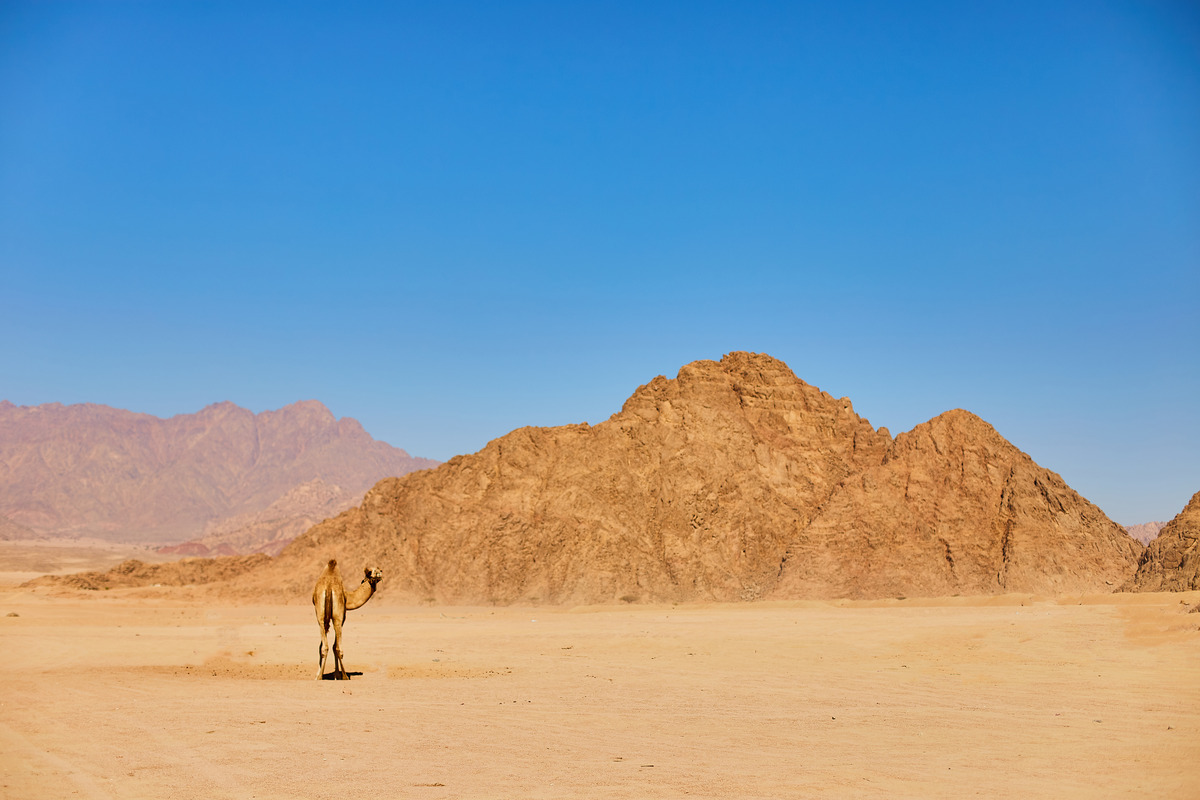
The tipping point: how climate change is driving extinction
Climate change has emerged as a critical global issue, profoundly impacting ecosystems, and wildlife.
Rising temperatures, shifting habitats, and extreme weather events push numerous species in Saudi Arabia and the GCC to the edge of extinction, with four of them already having gone extinct. In this article, we delve into the intersection of climate change and the plight of endangered animals in Saudi Arabia, shedding light on nine species struggling for survival amidst these environmental challenges.
The Staterra team is deeply committed to conservation efforts and addressing the impacts of climate change on biodiversity. Through our expertise in environmental assessment and management, we work closely with stakeholders to develop strategies that mitigate these challenges.
Our collaborative approach and innovative solutions help safeguard endangered species and their habitats.
Arabian Leopard
The Arabian Leopard, once a majestic inhabitant of the Arabian Peninsula, is believed to be extinct in the wild since 2002. The loss of its natural habitat due to climate change, combined with human activities, has led to its decline. However, conservation efforts in Saudi Arabia aim to reintroduce captive-bred leopards into their native habitats, offering hope for the revival of this iconic species.
Dugong
The Dugong, a strictly marine herbivorous mammal, faces an uncertain future due to climate change. Rising sea temperatures, ocean acidification, and habitat degradation threaten their already vulnerable populations. Saudi Arabia’s commitment to protecting Dugongs within its waters by signing the Dugong MOU is a step toward preserving these gentle giants for future generations.
Arabian Oryx
Once considered extinct in the wild since 1972, the Arabian Oryx has found a refuge in the Farasan Islands. Climate change has significantly impacted their ability to adapt to changing environments and find suitable food and water sources. Nevertheless, concerted conservation initiatives across Gulf Cooperation Council (GCC) member countries, including Saudi Arabia, have facilitated the reintroduction of this majestic mammal to its natural habitat.
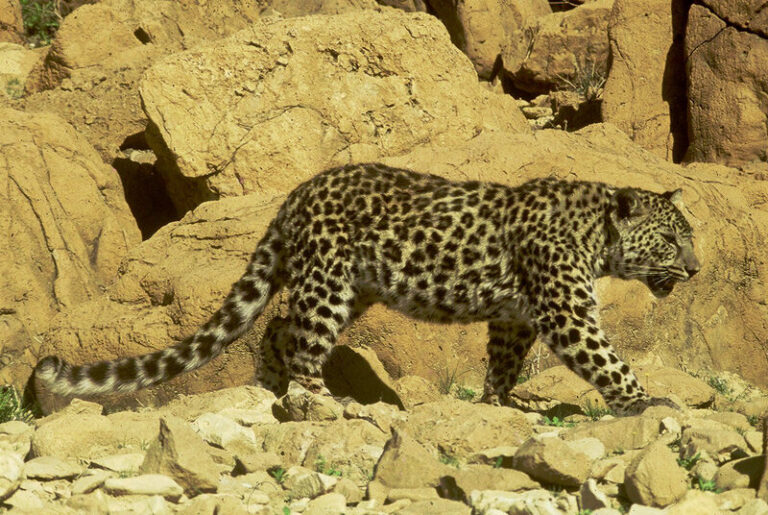
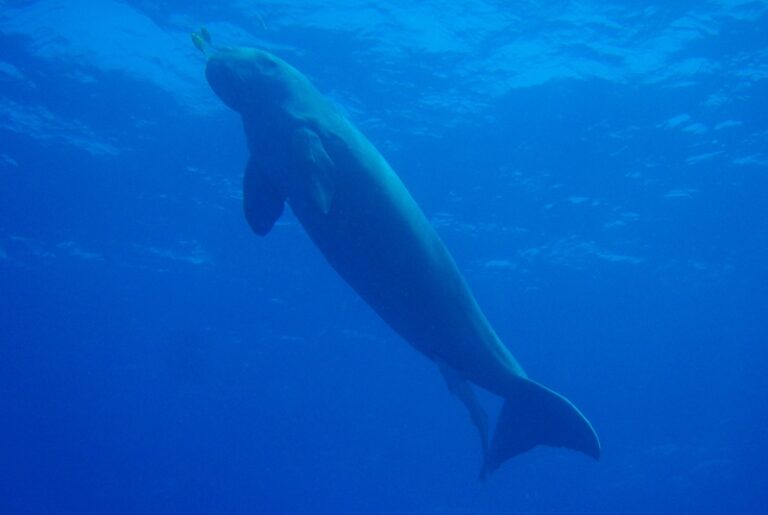
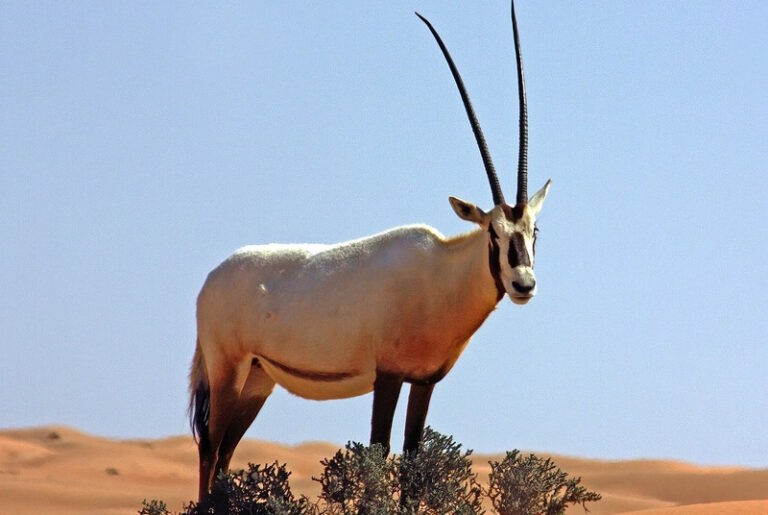
Striped Hyena
The Striped Hyena, a charismatic creature once featured prominently in Middle Eastern folklore, now faces the risk of near-threatened classification. With a global population estimated at less than 10,000 mature individuals, habitat loss and degradation resulting from climate change exacerbate the challenges they already face. Urgent action is needed to safeguard their dwindling numbers in Saudi Arabia and beyond.
Sand Gazelle
The Sand Gazelle, known as Reem in Arabic, struggles for survival as climate change intensifies the harsh desert conditions. With limited numbers remaining in the wild, conservation efforts in Saudi Arabia and other Middle Eastern countries seek to protect this iconic species and mitigate the impact of climate-related challenges on its habitat and food sources.
Sand Cat
The Sand Cat, the only member of the cat family adapted to survive in true desert environments, is listed as Near Threatened. As climate change alters desert ecosystems, the Sand Cat’s habitat is under threat, leading to population decline. Conservation measures and habitat preservation are crucial to secure the future of this unique feline in Saudi Arabia’s western deserts.
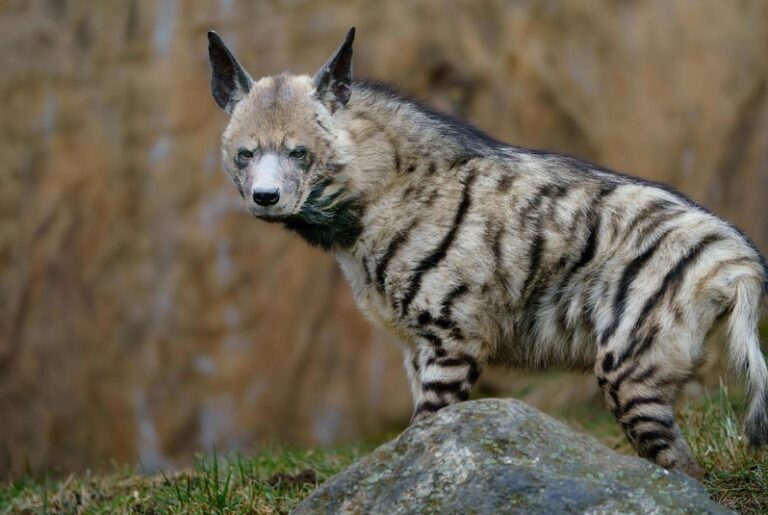
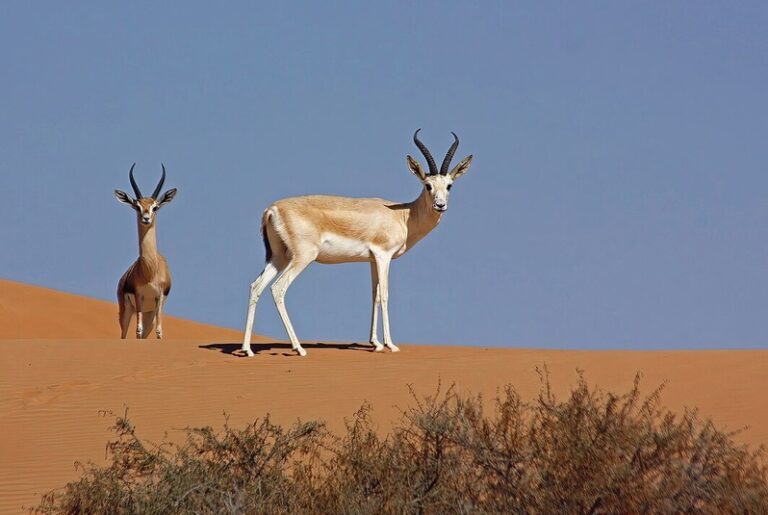
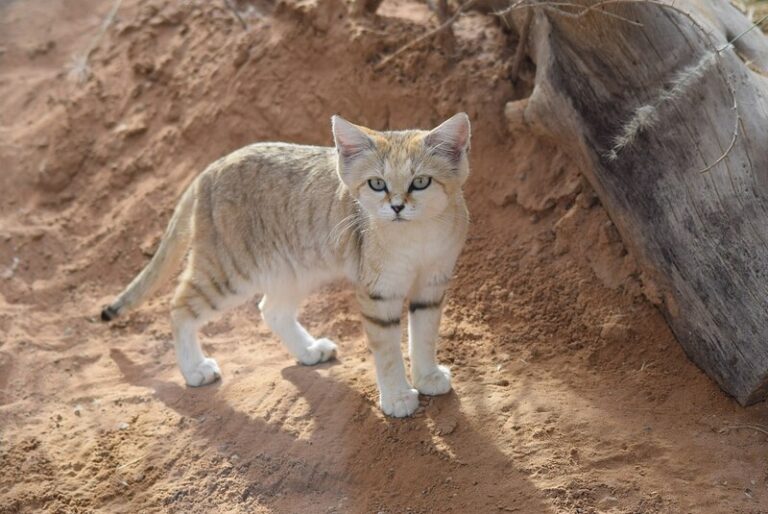
Nubian Ibex
The Nubian Ibex, found in the mountainous regions of Saudi Arabia, faces significant challenges due to climate change. With an estimated population as low as 1200, their survival is at stake. Protecting their mountain habitats from the impacts of climate change and human activities is essential to ensure the preservation of this agile species.
Euphrates Jerboa
The Euphrates Jerboa, a rodent species classified as Near Threatened, is declining at an alarming rate due to climate change-induced habitat loss. Found in various Middle Eastern locations, this small creature’s survival is closely linked to the preservation of its fragile ecosystem. Conservation efforts, such as habitat restoration and protection, are crucial to halt their decline.
Mountain Gazelle
The Mountain Gazelle, once widespread but now extinct in many countries, finds refuge in the Farasan Islands despite its intolerance for desert habitats. Climate change exacerbates the challenges faced by this vulnerable species, making conservation efforts in Saudi Arabia vital for its long-term survival.
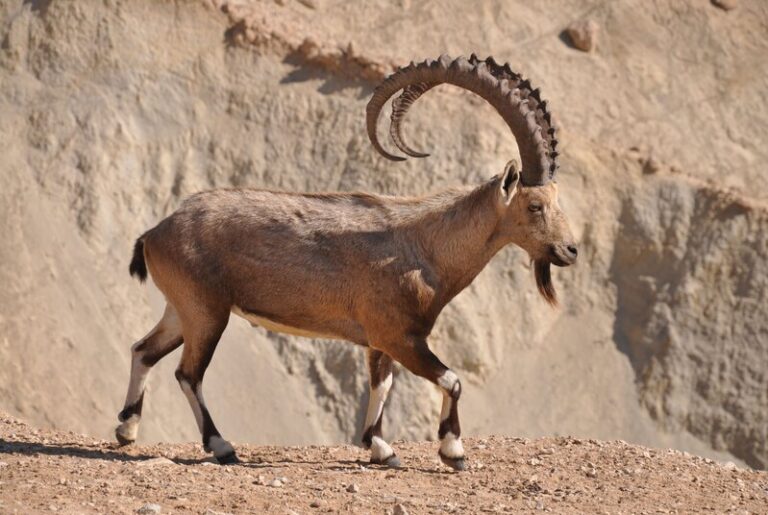
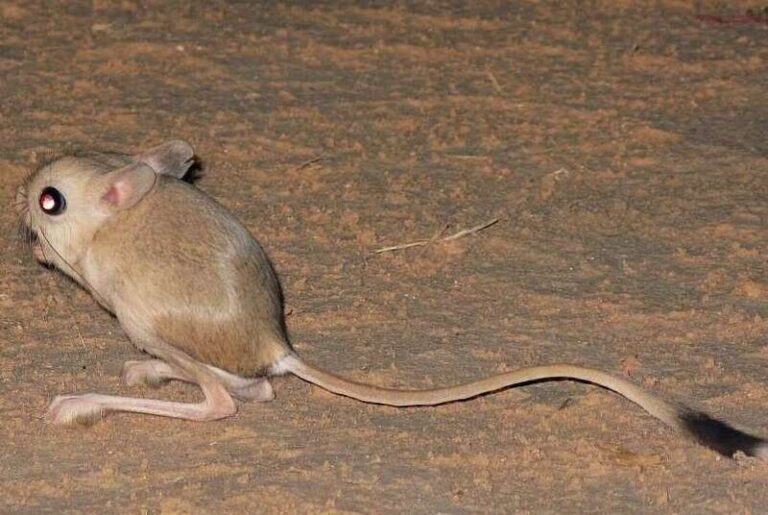
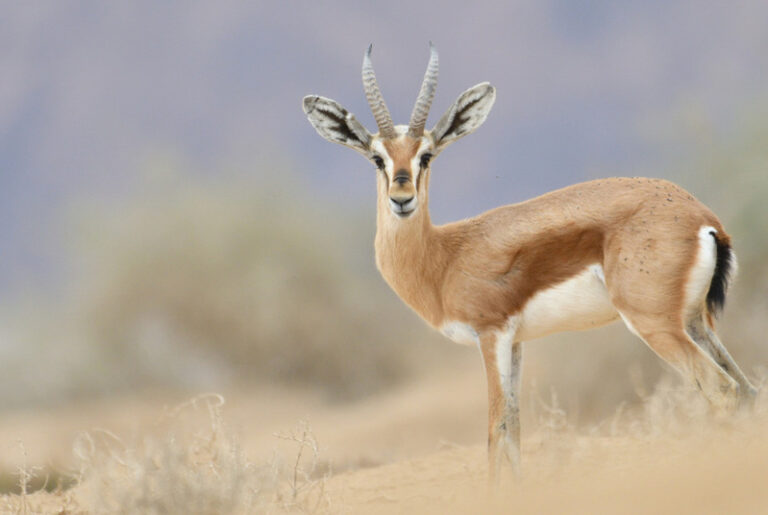
The nine endangered animals in Saudi Arabia serve as a stark reminder of how climate change drives species to the brink of extinction.
Staterra is dedicated to raising awareness, supporting conservation initiatives, and promoting sustainable practices to address the root causes of climate change and mitigate its impacts on vulnerable ecosystems.
Together, we can strive to ensure the survival of these precious species and preserve the rich biodiversity of Saudi Arabia for generations to come.
